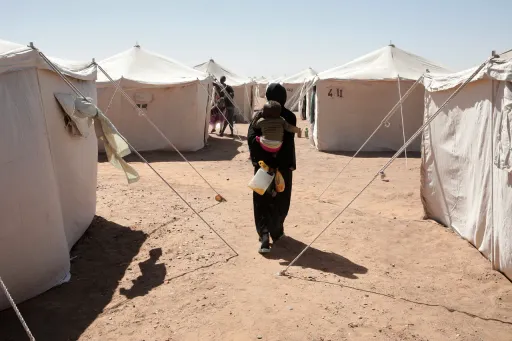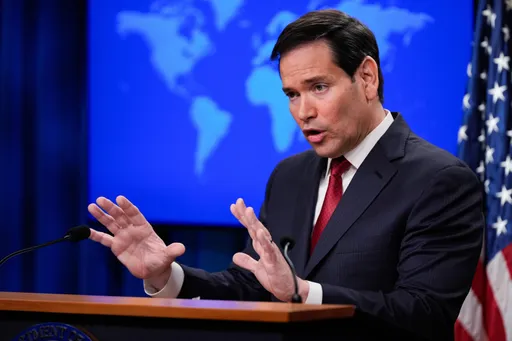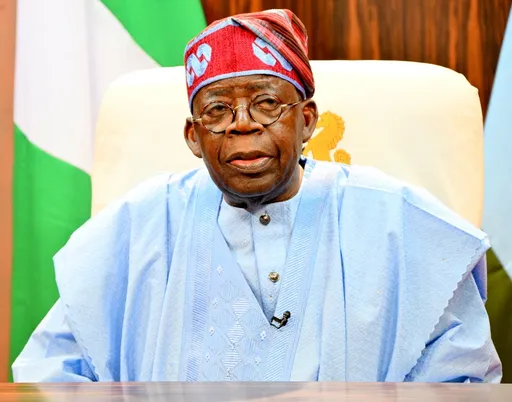By Jianlu Bi
When US President Donald Trump imposed a 25 percent tariff on goods imported from Canada and Mexico and 10 percent tariff on goods from China, he set the cat among the pigeons and sparked a tit-for-tat global trade war.
China responded a couple of days later, slapping a 15 percent tariff on US coal and LNG and 10 percent levies on some other products, effective February 10.
Trump also imposed tariffs on Mexico and Canada but has put off implementing them for a month after urgent talks with the two neighbours. The European Union too has vowed retaliatory measures after Trump threatened the 27-member bloc with similar tariffs.
The US's aggressive strategy marks a significant turning point in global trade, potentially carrying substantial risks, not only for the US but also for the stability of the international economic system.
American economist and Columbia University professor Jeffrey Sachs voiced serious concerns about these tactics, calling the tariffs “a misguided and detrimental aspect of US statecraft” and cautioning that this protectionist approach is damaging not only to the US but the global economy.
This volatile situation, however, also presents China with a strategic opening to not only expand its influence but potentially redefine the global economic order.
Gamble with high stakes
The US administration's rationale for imposing tariffs is multifaceted. It aims to address trade imbalances, protect domestic industries, and counter what it perceives as unfair trade practices by other nations.
For instance, the US has frequently cited its trade deficit with China, which reached a record $382.9 billion in 2022, as a key justification for its trade policies. It has argued that tariffs are necessary to "level the playing field" and incentivise domestic manufacturing.
However, the efficacy of tariffs in achieving these objectives is highly debatable.
Economic theory and historical evidence suggest that tariffs often provoke retaliatory measures, escalating into trade wars where all involved suffer.
History offers a stark warning: the US's Smoot-Hawley Tariff Act of the 1930s, which imposed significant tariffs, triggered a global wave of protectionism with catastrophic consequences.
These included the collapse of international trade, the deterioration of peaceful relations between nations, and ultimately, the descent into world war.
The 2018-2019 China-US trade war also serves as a stark example.
The US imposed tariffs on hundreds of billions of dollars worth of Chinese goods, prompting Beijing to retaliate with tariffs on American products, including agricultural products like soybeans.
This resulted in increased costs for US consumers on a range of goods, from electronics to clothing, and significantly impacted American farmers who saw their exports to China plummet.
A study by the Federal Reserve, for example, estimated that the trade war reduced US GDP by roughly 0.3 percent. This is equivalent to a loss of $62 billion.
Beyond increased consumer costs and diminished business competitiveness, such actions disrupt intricate global supply chains.
Furthermore, analyses suggest the trade war cost US companies at least $1.7 trillion in stock market value and nearly 300,000 jobs.
Trump’s move to wield tariffs as a primary tool of economic statecraft is a gamble with high stakes. It risks alienating allies, undermining international institutions like the World Trade Organization (WTO), and eroding the credibility of the US as a reliable partner in global trade.
The recent trade disputes with the European Union over tariffs on steel and aluminium, for example, have strained transatlantic relations and raised concerns about the future of the global trading system.
The US's reliance on tariffs also weakens its ability to lead on global trade issues and creates an opening for other countries, like China, to assert their influence in shaping the future of international commerce.
An opportunity for China
Amidst this backdrop of rising trade tensions, China finds itself in a unique position to advance its interests and reshape the global order. The US's aggressive tariff policy has created a vacuum of leadership in international trade, which China is eager to fill.
China has consistently championed multilateralism, emphasising the importance of international cooperation and the WTO's rules-based system.
As the US retreats from this approach, the world’s second-largest economy is presenting itself as a staunch defender of free trade and globalisation.
This stance is reinforced by China's impressive trade performance: in 2024, total goods trade reached 43.85 trillion yuan (about $6.1 trillion) last year, up 5 percent year on year, with exports of 25.45 trillion yuan and imports of 18.39 trillion yuan, demonstrating both economic dynamism and a commitment to open markets.
The Belt and Road Initiative (BRI) exemplifies China's strategy to expand its economic and political influence.
Since its launch, the BRI has witnessed remarkable growth, with over 150 countries and international organisations signing cooperation agreements by 2024.
The BRI's tangible impact is evident. In Africa, the Mombasa-Nairobi Standard Gauge Railway has significantly improved Kenyan transportation, reducing travel time and creating thousands of local jobs.
In Asia, the China-Pakistan Economic Corridor (CPEC) has facilitated the development of power plants, roads, and ports. The Gwadar Port, a CPEC project, has transformed from a small fishing port into a major regional hub.
These infrastructure projects across Asia, Africa, and Latin America are forging new trade routes, strengthening partnerships, and establishing a network of economic interdependence that could challenge the traditional Western-led order.
China's growing economic power and its willingness to engage with nations on their terms have made it an increasingly attractive partner, particularly for developing countries.
For the record, Beijing is now the largest trading partner for over 140 countries and regions.
In Latin America, China has become a vital trading partner for many nations. Beijing has remained the South American nation’s largest trading partner and export destination for the past 15 consecutive years.
Statistics show the trade volume between the two countries reached $181.53 billion in 2023, with Brazil becoming the first Latin American country to surpass $100 billion in exports to China.
As the US withdraws from its traditional leadership role, China is stepping in to offer alternative models of development and economic cooperation.
In conclusion, the US’s tariff gambit has injected considerable volatility and uncertainty into the global trade environment. While the Trump administration hopes to achieve its economic objectives, its aggressive approach carries significant risks and potential for unintended consequences.
Conversely, China has an opportunity to leverage this situation to its advantage. By championing multilateralism, expanding its economic influence, and positioning itself as a responsible global leader, China could reshape the global order in its favour.
However, China's path is not without its challenges. It must address its own internal economic vulnerabilities, cultivate trust with other nations, and skillfully navigate the complexities of international relations.
The coming years will be critical in determining whether China can successfully seize this opportunity and solidify its position as a leading force in the 21st century.
The author, Jianlu Bi is a Beijing-based current affairs commentator. His research interests include international politics and communications.
Disclaimer: The views expressed by the authors do not necessarily reflect the opinions, viewpoints and editorial policies of TRT Afrika.
➤ Click here to follow our WhatsApp channel for more stories.
























